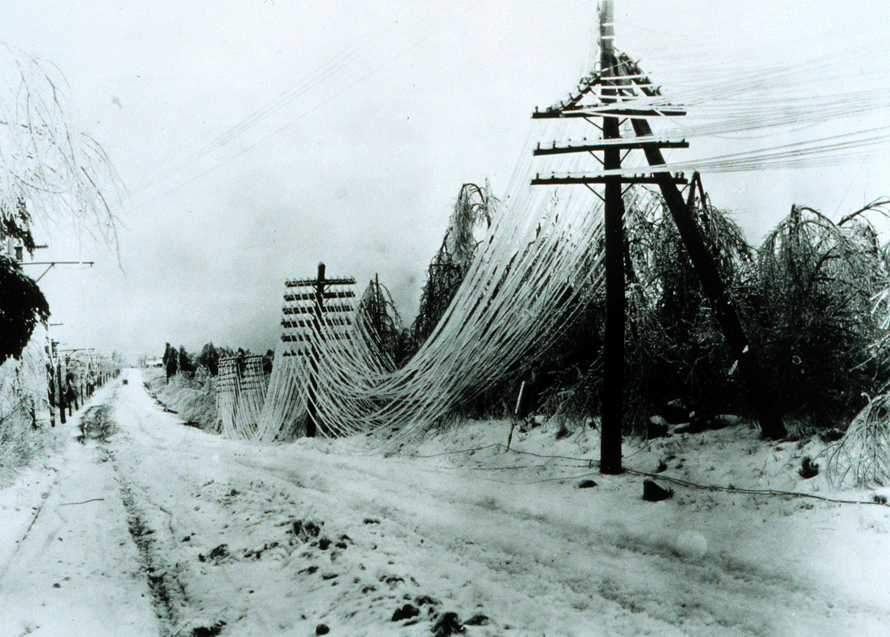Physicists unravel the process of magnetic flux pumping to advance the development of fusion energy
10/02/2018 / By Edsel Cook

There may be a solution to the occasional sawtooth swings that occasionally disrupt the power output of current thermonuclear fusion reactors. In an article in News Wise, researchers were able to create detailed simulations of magnetic flux pumping, a process that can maintain the stability of plasma despite disruptive external effects.
A sawtooth swing is a brief cycle where something moves up and down. This behavior appears in all kinds of things: the waves in the ocean, the movement of stock markets, and the very hot plasma inside experimental tokamak reactors.
If they take place alongside other instabilities present in the plasma, sawtooth swings can bring the entire fusion reaction process to a halt.
Some plasma are immune to these unstable gyrations. They demonstrated a magnetic flux pumping effect that maintains their stability in the face of sawtooth swings.
For the longest time, fusion experts found magnetic flux pumping to be a total mystery. Then researchers from the Princeton Plasma Physics Laboratory (PPPL) announced that they could simulate the effect on computers. (Related: An international team attempts to gain a better understanding of fusion reactors.)
Taming sawtooth swinging tendency of plasma for practical fusion power
Plasma is the super-hot and electrically-charged state of matter. It is made of free electrons and atomic nuclei. When light elements in their plasma form are fused together, they produce tremendous amounts of the same energy that powers stars like our sun.
If researchers are able to replicate and sustain these fusion reactions, they could ensure the human race has access to effectively unlimited amounts of energy. That is why finding a way to prevent sawtooth swings inside tokamak reactors would be a big step forward for fusion technology.
Magnetic flux pumping takes place in some forms of fusion plasma that do not demonstrate sawtooth swings. The pumping places a limit on the current flowing through the core of the plasma. This strengthens the magnetic field that bottles up the plasma within the reactor.
The sawtooth instability is caused by a very strong current. By ensuring the current does not get too strong, the pumping effect stops the instability from taking place.
This discovery was made by a PPPL research team led by Isabel Krebs, who described their findings in a paper published in the journal Physics of Plasma. Krebs simulated the magnetic flux pumping process using the M3D-C1 code and the laboratory’s supercomputer cluster.
Magnetic flux pumping ensures the smooth operation of tokamak fusion reactors
The M3D-C1 can simulate both standard scenarios and advanced scenarios for plasma fusion. Standard models involve high-confinement (H-mode) and low-confinement (L-mode) plasmas. Advanced models simulate a steady state of operation for plasma.
Krebs’ team reported that magnetic flux pumping takes place in hybrid scenarios found in between these two operating regimes. The current in the core of the plasma stays flat, while the pressure remains high enough to maintain the reaction.
This mix of flat current and high pressure leads to a “quasi-interchange mode.” It mixes up the plasma and alters the shape of the magnetic field. The mode ensures the current stays flat and blocks any chance of the sawtooth instability taking place.
The PPPL simulations further show that the process regulates itself. Krebs reported that the current in the core of the plasma will stay just below the limit if ever the flux pumping effect gets too powerful. This way, the current can keep the temperature and density of the plasma from zigzagging up and down in a sawtooth instability.
“This mechanism may be of considerable interest for future large-scale fusion experiments such as ITER,” explained Krebs.
Drop by Discoveries.news to find out how fusion reactor technology is developing.
Sources include:
Tagged Under: energy development, energy sources, fusion, fusion energy, fusion reactors, magnetic flux, magnetic flux pumping, nuclear fusion power, plasma, renewable energy, sawtooth instability, thermonuclear fusion, tokamak fusion reactors



















